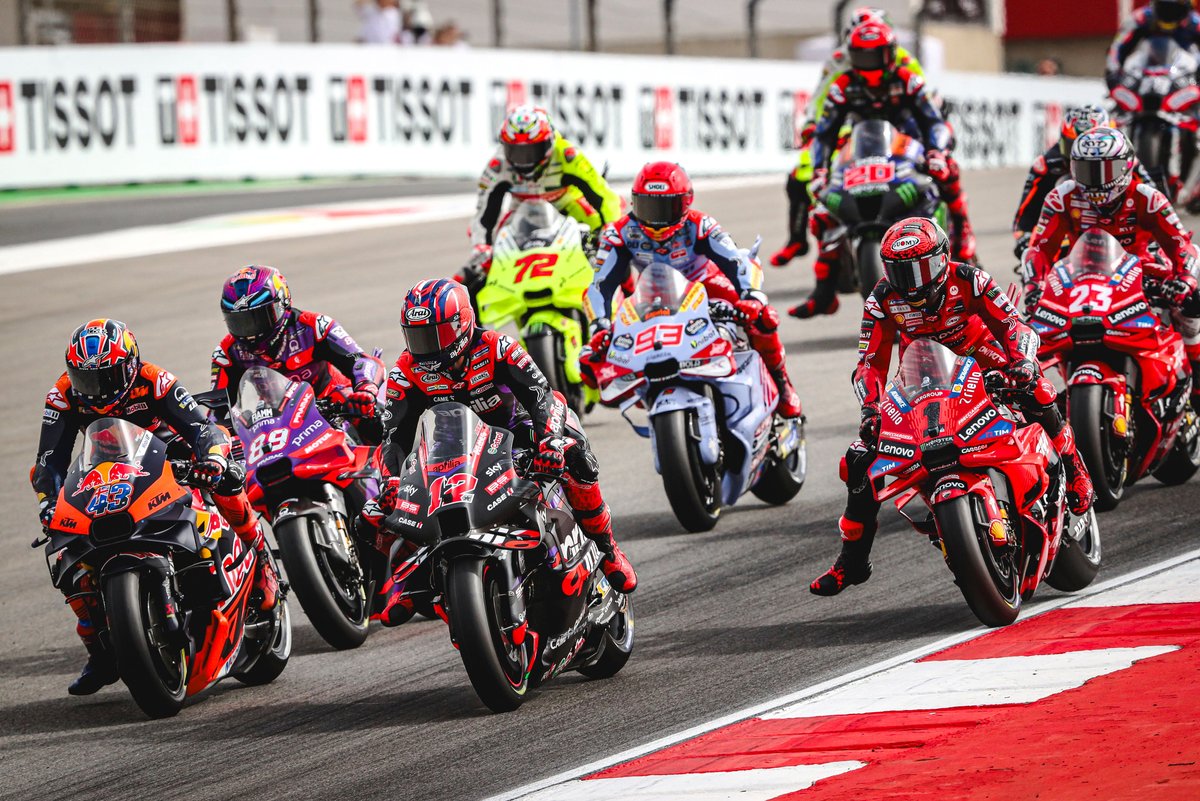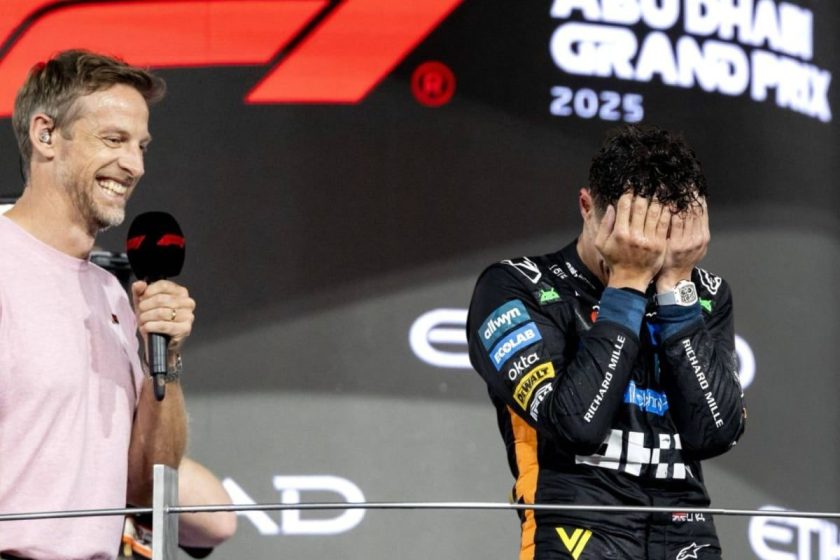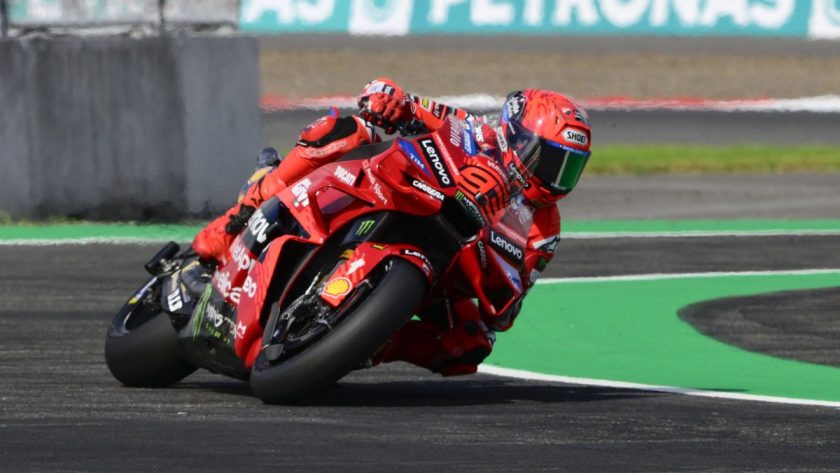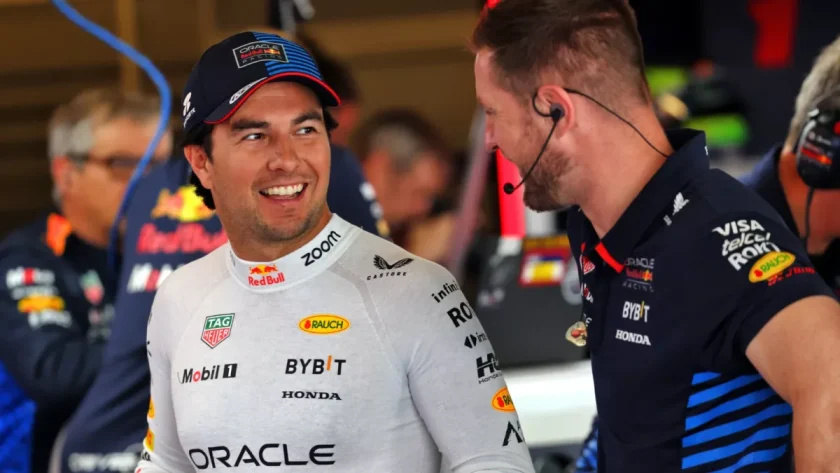P1racenews AI automatic summary:
How MotoGP brakes work: Secrets of stopping a 220mph bike
The 1000cc engines of the bikes produce 270hp, but due to their small contact patches and lack of downforce compared to F1 cars, they lose out on lap time. For instance, Valtteri Bottas lapped the US GP in 1m32.029s in his F1 car, while Maverick Vinales needed 2m00.864s on a MotoGP bike. Red Bull once had Dani Pedrosa race Liam Lawson in a quarter-mile drag, where the bike won thanks to its power-to-weight ratio. MotoGP bikes can reach around 220mph due to their narrow build, but braking for corners is a challenge. Brembo supplies MotoGP with a custom brake system, including monobloc calipers and carbon front discs. The discs are usually 340mm in diameter, thinner than F1 brakes but weigh about 5.5kg in total. MotoGP carbon discs need to operate between 250°C and 850°C, quite higher than steel discs used in lower classes. MotoGP bikes, weighing 157kg, can decelerate at just over 1.5g, making braking crucial in races like the Grand Prix of the Americas at COTA.






